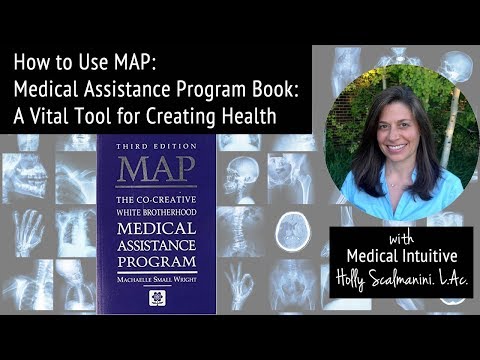The Clinical Responsibilities of a Medical Assistant
Contents [show]
A medical assistant’s clinical responsibilities vary depending on state regulations and the scope of practice of the supervising physician.
Checkout this video:
Duties of a medical assistant
A medical assistant is a person who has been trained to perform both administrative and clinical tasks in a medical office. Medical assistants are important members of the health care team. They work closely with doctors, nurses, and other health care workers.
The duties of a medical assistant vary from office to office. In some medical offices, the medical assistant does mainly administrative tasks. These tasks may include answering phones, greeting patients, scheduling appointments, and filing insurance forms. In other offices, the medical assistant does mainly clinical tasks. These tasks may include taking patients’ vital signs, giving injections, and preparing patients for examination. Some medical assistants do a combination of both administrative and clinical tasks.
Most medical assistants have completed a formal training program. Training programs for medical assistants usually last between one and two years. The programs usually include classroom instruction and practical experience in a medical office or hospital. Some programs also offer courses in computers or other topics that may be helpful in the workplace.
The clinical responsibilities of a medical assistant
The clinical responsibilities of a medical assistant include taking and recording vital signs, performing laboratory tests and X-rays, preparing patients for examination, and assisting the physician during the exam.
The medical assistant’s role in patient care
The medical assistant’s role in patient care is to provide assistance to the physician in the examination and treatment of patients. The medical assistant may also be involved in patient education, sterilization of instruments, and perform basic laboratory tests.
The medical assistant’s role in the medical office
The responsibilities of a medical assistant can be divided into clinical and administrative duties. Clinical duties involve direct patient contact and include taking medical histories, recording vital signs, and performing basic laboratory tests. Medical assistants also may give injections, remove sutures, apply dressings, take X-rays, and instruct patients on self-care. Administrative duties include answering phones, scheduling appointments, handling correspondence, billing patients, coding insurance forms, and filling out insurance claims.
The medical assistant’s role in the medical laboratory
Medical assistants play an important role in the medical laboratory. They are responsible for many tasks, including preparing patients for laboratory procedures, collecting and processing specimens, and performing basic laboratory tests. In addition, medical assistants may also be responsible for maintaining laboratory equipment and keeping records of laboratory results.
The medical assistant’s role in medical billing and coding
Medical assistants play a vital role in the process of medical billing and coding. They are responsible for ensuring that all patient information is accurately entered into the system, and that all billing codes are correct. They also play a role in communicating with insurance companies to ensure that claims are processed correctly. Without medical assistants, the process of medical billing and coding would be much more difficult, and errors would be more common.
The medical assistant’s role in medical transcription
The medical assistant’s role in medical transcription is to provide accurate and complete documentation of the physician’s dictated reports. This important task requires knowledge of medical terminology, anatomy, and physiology. In addition, the medical assistant must be able to listen attentively and type quickly and accurately.
The medical assistant’s role in medical research
Medical assistants play an important role in medical research by helping to collect data and keep track of patients participating in studies. They may also be involved in administering medication or treatments as part of a clinical trial. It is important for medical assistants to be well-trained and able to follow protocol so that the research data is reliable.
The medical assistant’s role in public health
Medical assistants play an important role in public health. They are often the first point of contact between a patient and a medical practice, and they can have a significant impact on the health of their community.
Medical assistants can help to prevent the spread of disease by promoting hygiene and sanitation in the workplace. They can also educate patients about healthy lifestyle choices and provide support to those who are trying to quit smoking or lose weight. In addition, medical assistants can screen patients for potential health problems and refer them to appropriate care providers.
By working collaboratively with other members of the healthcare team, medical assistants can help to ensure that patients receive the best possible care.
The future of the medical assistant profession
The future of the medical assistant profession is very promising. The Bureau of Labor Statistics estimates that employment of medical assistants will grow by 29 percent from 2016 to 2026, much faster than the average for all occupations. This growth is due to the increasing number of older adults who will need medical care and the continued expansion of healthcare facilities and services.
As the baby-boom generation ages, they will need more medical care for conditions such as arthritis, Alzheimer’s disease, diabetes, and heart disease. The number of people over the age of 65 is expected to increase from 40 million in 2010 to 55 million by 2030. This increase will create a greater demand for preventive medical services, which are often provided by medical assistants.
The Affordable Care Act (ACA) is also expected to increase the demand for medical assistants. The ACA requires all Americans to have health insurance and provides subsidies for those who cannot afford it. As a result, more Americans will have access to health insurance and be able to see a doctor or other health care provider when they need to.







